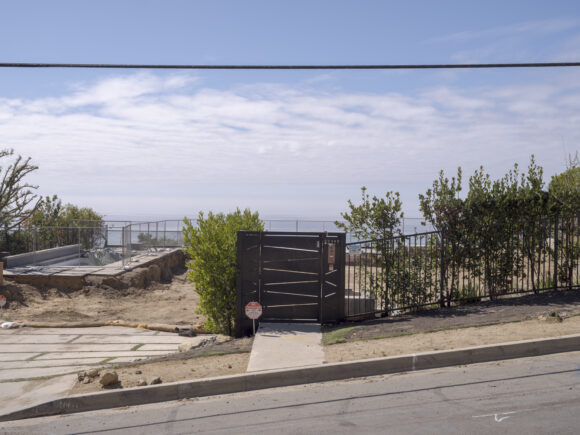Of the thousands of residents needing to rebuild after this year’s California wildfires, Andy Weyman would seem especially well positioned. The TV and stage director had remodeled his Malibu home just five years earlier and had city-approved blueprints in hand, with the same architect set to oversee reconstruction.
Yet eight months after the Palisades Fire destroyed almost 600 Malibu houses, the city has issued only two rebuilding permits. Weyman needed geological tests to ensure the stability of his bluff-top lot. Construction costs are roughly double his insurance coverage. In August, his architect died.
“We’re flailing to figure out the solution,” said Weyman, 73. “Every possibility is fraught with downsides and compromises.”
As Southern California nears the heart of wildfire season, rebuilding is merely inching forward in areas hit by the most destructive conflagrations in Los Angeles history. People trying to restore their homes are grappling with slow permit approvals, high costs and low insurance payouts. Prices for burnt-out lots are coming down as some residents give up on returning.

Most of the areas charred by January’s blazes are cleared for construction: The U.S. Army Corps of Engineers has removed 2.6 million tons of debris, more than the volume of the rubble of New York’s World Trade Center. Yet as of Sept. 24, L.A. County approved just 405 construction permits on 1,972 applications in areas it oversees outside of city limits. That includes the burn zone of the Eaton Fire, which destroyed more than 6,000 homes and devastated the community of Altadena.
The Palisades Fire burned roughly 5,000 houses. The city of L.A., home to the hard-hit Pacific Palisades district, approved 620 permits for 1,564 rebuilding applications as of Sept. 24, according to its fire recovery website.
Rebuilding after California fires has long been an arduous process — in Malibu, only about 40% of the 488 homes that burned in the 2018 Woolsey Fire have completed reconstruction. But government agencies vowed to cut red tape after the devastating toll of the January blazes, located in residential areas that were home to tight-knit communities and highly desirable real estate.
Local officials in the burn areas have agreed to grant quick approval of plans if homes are no more than 10% larger than the pre-fire size. Licensed architects and engineers are allowed to self-certify that plans meet building standards. And the city and county agreed to let designers submit blueprints to an initial review using an artificial intelligence system that almost instantly determines whether they comply with building codes.
Some residents say the process is still being dragged out. Rich Wilken, 78, put off retirement as an architect after losing his Pacific Palisades home of 47 years, and agreed to design 10 new houses in the burn area for himself and friends. But he says the effort has been dogged by a changing cast of inspectors at LA’s building department who offer conflicting opinions on his plans, requiring resubmissions that take time and money.

